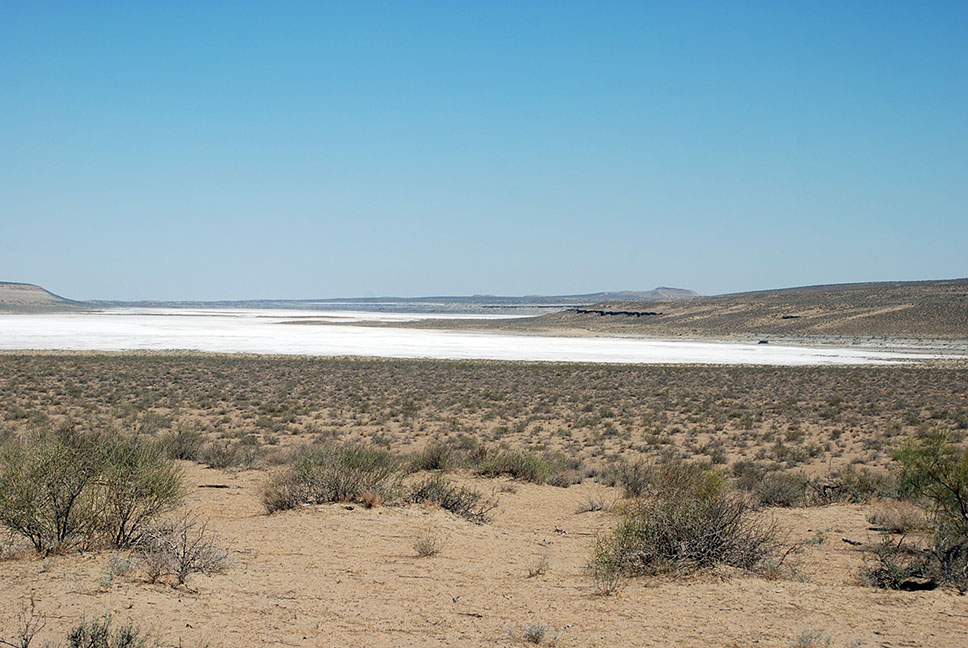Agriculture in Central Asia
Central Asia relies largely on the irrigated agriculture, playing the important role in the region's economy. The wheat, rice, cotton, fruits and vegetables are the primary crops. The agriculture contribution to the gross domestic product range from 5 % in Kazakhstan to 22 % in Tajikistan, to 9 % in Turkmenistan, 17 % in Uzbekistan, 15 % Kyrgyzstan (in 2015).
Turkmenistan is mainly flat sands desert and have only 4 % of total land area for the arable cultivated land. The main crops are cotton, wheat. The rice, melons and watermelons, citrus fruits, pomegranates, sugarcane, sesame and pistachios and others are cultivated in the country. Animal farming is important part of Turkmenistan agriculture; the pastures are dispersed in the desert and in mountain valleys, on the slopes of the foothills. The main livestock are sheep and goats, cows, chicken. Pigs are also raised on smaller scale. The country has completely the irrigated agriculture, fully dependent on the water from rivers of Amu Darya, Murghab, Tejen, Atrek and small mountain streams. The Akhal Teke horse is raised in Turkmenistan and is the important part of Turkmen culture and national pride.
Uzbekistan is one of the largest world exporter of cotton. Cotton producing is also important for Tajikistan and Turkmenistan. The large production volume go to China and some part to EU. However, recently Uzbekistan variety of agricultural products arisen and the cotton became slightly less important as a share of agricultural export value. In Tajikistan, the cotton producing is still over 60 % of the country's agricultural exports (including cotton oil and cotton cake).
Kazakhstan is major producer of wheat in Central Asia and is primary agricultural products export country in the region. It exports considerable quantities of gran, flour and dairy products to neighboring countries. Wheat, flour and bread comprise over 60 % of Kazakhstan agricultural exports by export value. Tajikistan is particularly dependent on grain imported from Kazakhstan, around 50 % of country demand is exported from Kazakhstan.
The increasing temperatures and changing rainfall patterns could contribute to increased outbreaks of agricultural pests and diseases, such as locusts and wheat blast, including those traveling through national boundaries. Diseases and changes in water availability are expected to be detrimental to farming practices, particular for water intensive crops, such as cotton and rice. Droughts already significant challenge the region, particularly in Kazakhstan, where up to 66% of the total land is affected. Worsening desertification threatens up to half the land in Kyrgyzstan in coming decades and potentially shifting large areas of Turkmenistan and Uzbekistan to arid land. High soil salinity, already affecting arable lands and impacting crop productivity, will increase with greater evapotranspiration and higher irrigation demand.
Livestock production and the traditional agro-pastoral grazing systems important in the Central Asia. It faces the challenge of significant consequences due to the climate variability and change. The temperature and precipitation patterns change would lead to the biological stress on animals, affect growth and reproductive patterns. Feeding sources and grazing areas, particularly pastures, face degradation and overgrazing, are likely to be affected by desertification, droughts and sand storms.
